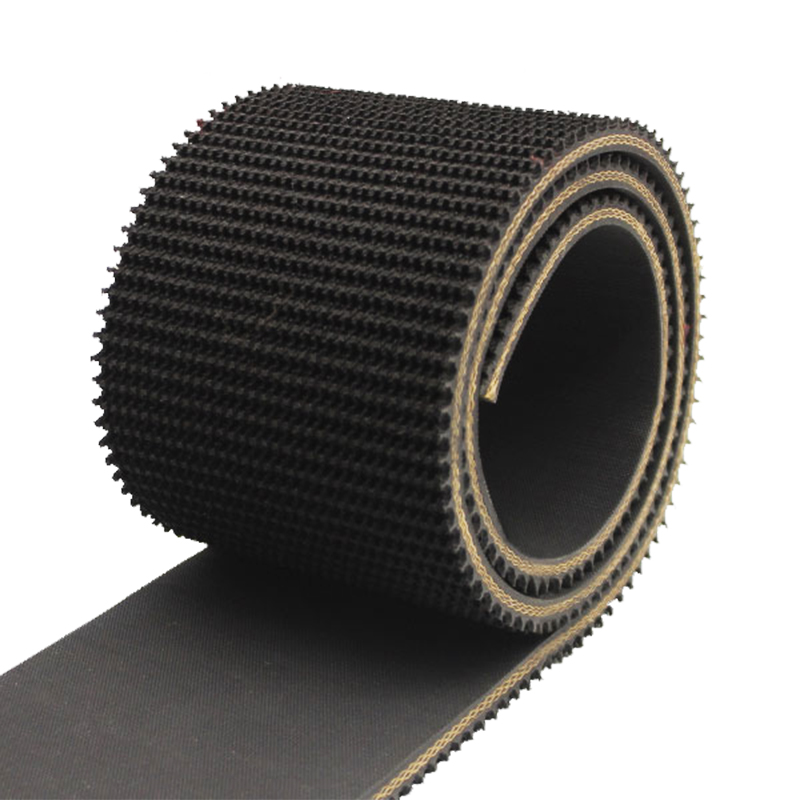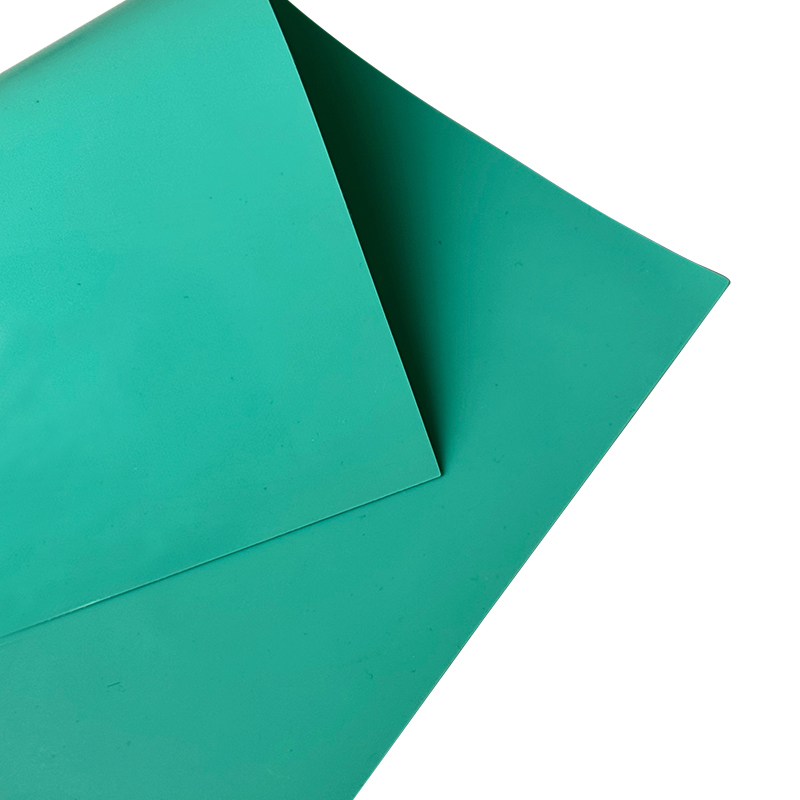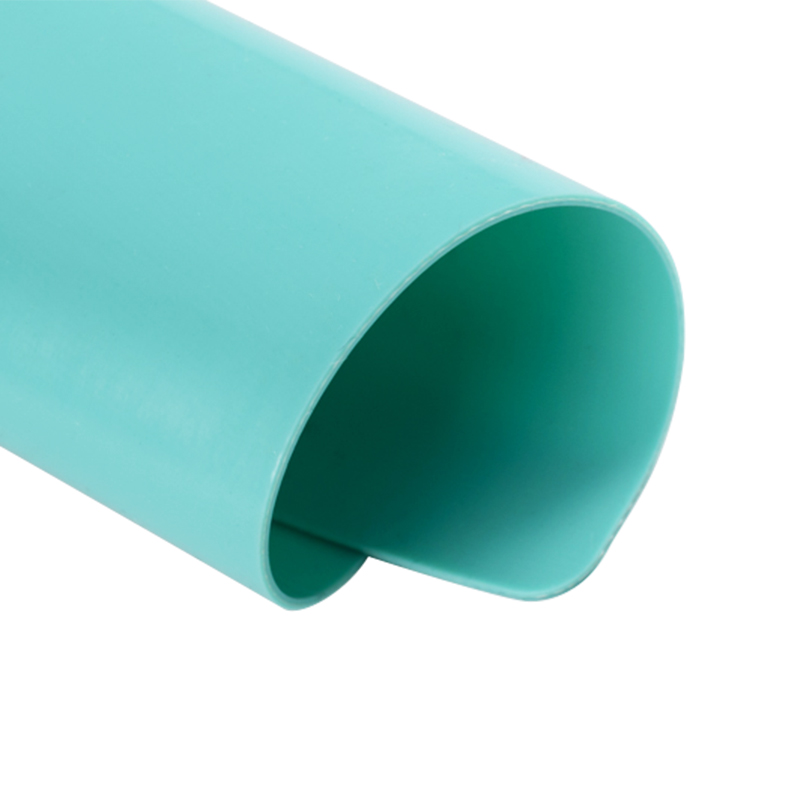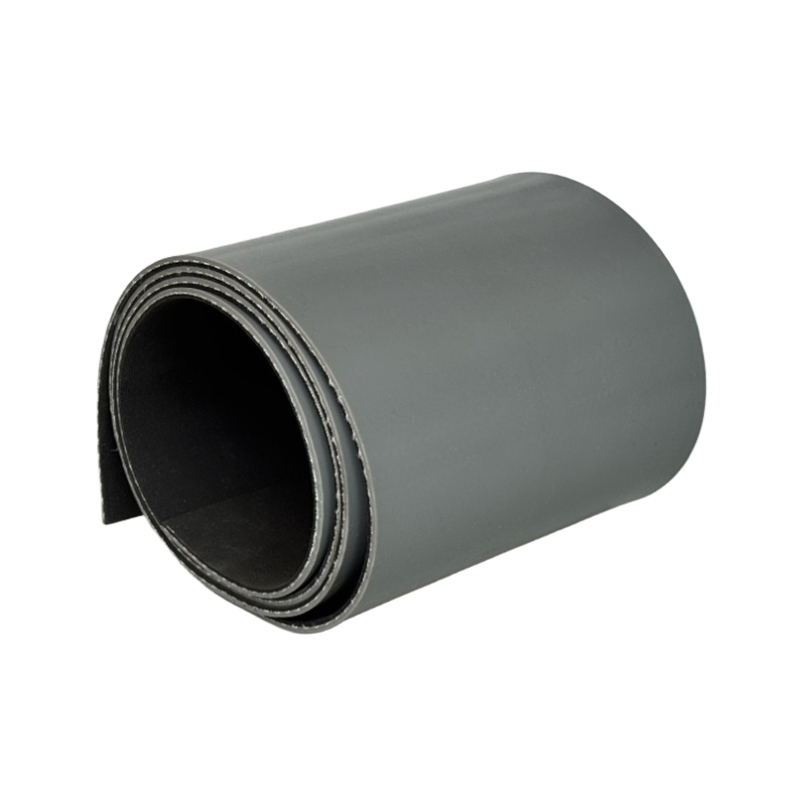Global Rubber Consumption Grows Steadily
According to statistics recently released by the International Rubber Research Group (IRSG), global rubber consumption has continued to grow steadily in recent years. In 2017, global rubber consumption reached 28.277 million tons, a year-on-year (same below) increase of 3.0%. Among them, China's rubber consumption accounted for 30%, ranking first in global rubber consumption for three consecutive years. Rubber consumption in emerging Asian regions such as India, Thailand, and Vietnam also showed a steady growth trend, and together with China, it has driven the growth of global rubber consumption. Statistical data show that China's rubber consumption was 9.432 million tons that year, an increase of 2.9%. After an increase of 3.0% over the previous year in 2016, it continued to grow strongly, exceeding the year-on-year performance for two consecutive years. It is reported that the production of sedans and commercial vehicles in China's domestic automobile industry has developed steadily, thereby driving the growth of rubber consumption. The second-ranked United States consumed 2.843 million tons of rubber, which was basically the same. In 2013, rubber consumption in the United States fell to 2.6 million tons, but began to rise after 2014, reflecting the recovery of the US economy.
India, which ranks third, consumes 1.679 million tons of rubber, an increase of 3.5%. In recent years, the scale of India's auto market has expanded rapidly, and new car sales are expected to exceed Japan by 2020. India's economic development has performed well among emerging regions, and rubber consumption has continued to grow accordingly.
Japan, which ranks fourth, consumes 1.556 million tons of rubber, a slight increase of 0.8%. In recent years, Japan's rubber consumption has shown a continuous downward trend. However, in 2017, the market demand for automotive rubber hoses, construction machinery and high-pressure rubber hoses for machine tools, led by automotive tires, once again exceeded the year-on-year performance after a lapse of several years. However, it is difficult to predict whether Japan's domestic rubber consumption can increase significantly as a result.
Thailand, which ranks fifth, consumes 1.275 million tons of rubber, a year-on-year increase of 10.7%. As a global production base in Asia, Thailand is accelerating the development of vehicle manufacturers and parts manufacturers. In this regard, Thailand's rubber consumption is expected to continue to expand.
According to this, the rubber consumption of the top 5 regions accounts for about 60% of the global rubber consumption.
In addition, among the top 15 regions in rubber consumption, Vietnam, which ranked 12th in 2016, had the highest growth rate, with an increase of 20.5% in 2017. It is reported that Vietnam has attracted electronic equipment manufacturers such as Japan and South Korea to invest and set up factories with its cheap labor. Vietnam is eye-catching as a new production base in ASEAN, and the growth of rubber consumption in the future is also expected.
In Southeast Asia, Indonesia ranks sixth with 971,800 tons of rubber consumption, a year-on-year increase of 5.7%; Malaysia ranks eighth with 890,300 tons, a year-on-year increase of 6.8%. Its rubber consumption growth is mainly driven by the demand for automobile and motorcycle manufacturing and automotive tires.
(Source: China Rubber Network, author: Wang Yingbin)





